Bed Stuy's Iconic Slave Theater Sells to Developer, Already Hit With DOB Complaints
Bed Stuy’s historic Slave Theater — a bastion of Afro-centric culture and activism since the 1980s — and two adjacent lots were sold to developer Eli Hemway for $18,500,000, according to The Real Deal. Permits have yet to be filed for development or renovation at any of the three sites: 1215 Fulton Street, 10 Halsey…
Bed Stuy’s historic Slave Theater — a bastion of Afro-centric culture and activism since the 1980s — and two adjacent lots were sold to developer Eli Hemway for $18,500,000, according to The Real Deal. Permits have yet to be filed for development or renovation at any of the three sites: 1215 Fulton Street, 10 Halsey Street, and 16 Halsey Street.
Given the theater’s embattled history (more on that below), a kerfuffle is likely.
Birth of a Neighborhood Icon
As longtime readers know, the theater was founded in 1984 by Judge John L. Phillips Jr., who purchased a former Regal Theater and named it Slave #1 to remind him and his neighbors of their history. Phillips filled the building with African-American political art, and set about hosting speakers and showing films of, by, and about Black people.
After a series of racially motivated killings in the 1980s, the Slave Theater became a hub for black activists, including the Rev. Al Sharpton.

Tragedy and Foreclosure
In 2001, two doctors testified to early signs of dementia in Judge Phillips, and the court appointed a guardian over his estate. The guardian then proceeded to rack up close to $2 million in tax debts to the U.S. Government and helped herself to more than $400,000 of Judge Phillips’ money — which she was eventually ordered to repay, according to the New York Times.
Phillips died in 2008, and his buildings and debt passed to his nephew in Ohio, Rev. Samuel Boykin. The nephew put the theater on the market in 2009 but it didn’t sell. In 2012, the property went into foreclosure and only narrowly missed being auctioned off. Two former associates of the judge, Clarence Hardy and Rev. Paul Lewis, contested Boykin’s ownership of the theater.
That year, a part of the second story floor collapsed and a full vacate order still stands at the property, according to DOB records.

The Possibility of Rebirth
A local theater group, the New Brooklyn Theater, fought to raise funds to buy the site to make it a permanent performance and community space.
But Bokyin successfully sold the theater in 2013 for $2,100,000 to an LLC — Fulton Halsey Development Group — owned by investor Yosef Ariel. The LLC also purchased the vacant lot behind the theater at 10 Halsey Street for $100,000 and another adjacent property at 16-18 Halsey Street for $2,950,000.
As of fall 2014, Ariel was reportedly considering renovating the building and letting the New Brooklyn Theater operate a performance space out of the ground floor.
But the son of the theater’s caretaker claimed ownership of the property and, though he lost his case in court, prevented Ariel from moving forward with preliminary plans, reported the Brooklyn Eagle at the time.
The Slave Theater Today
Public records show the $18,100,000 sale of the three sites closed on November 4th. While many in the community would like to see the Slave Theater restored and preserved in some way, that would be entirely up to the developer.
A series of complaints to the Department of Buildings from the last two weeks — including un-permitted construction crews, excavation, and work in the Halsey parking lot — suggest that some change is already afoot at the site.
“Construction is being done without a permit, and this is unsafe to the community and taking away a historic landmark,” reads one complaint filed on Monday.
The three properties have a combined 150,000 buildable square feet — a sizeable amount for the block. New owner Eli Hemway is also developing several projects in Prospect Heights and Williamsburg, according to The Real Deal.
[h/t: TRD | Top photos: Save the Slave Theater | Brownstoner]
Related Stories
New Owner of Slave Theater Amasses Sites as Ex Caretaker’s Son Blocks Development
Bed Stuy’s Slave Theater Sold, Likely to Become Condos
Slave Theater Auction Postponed Again

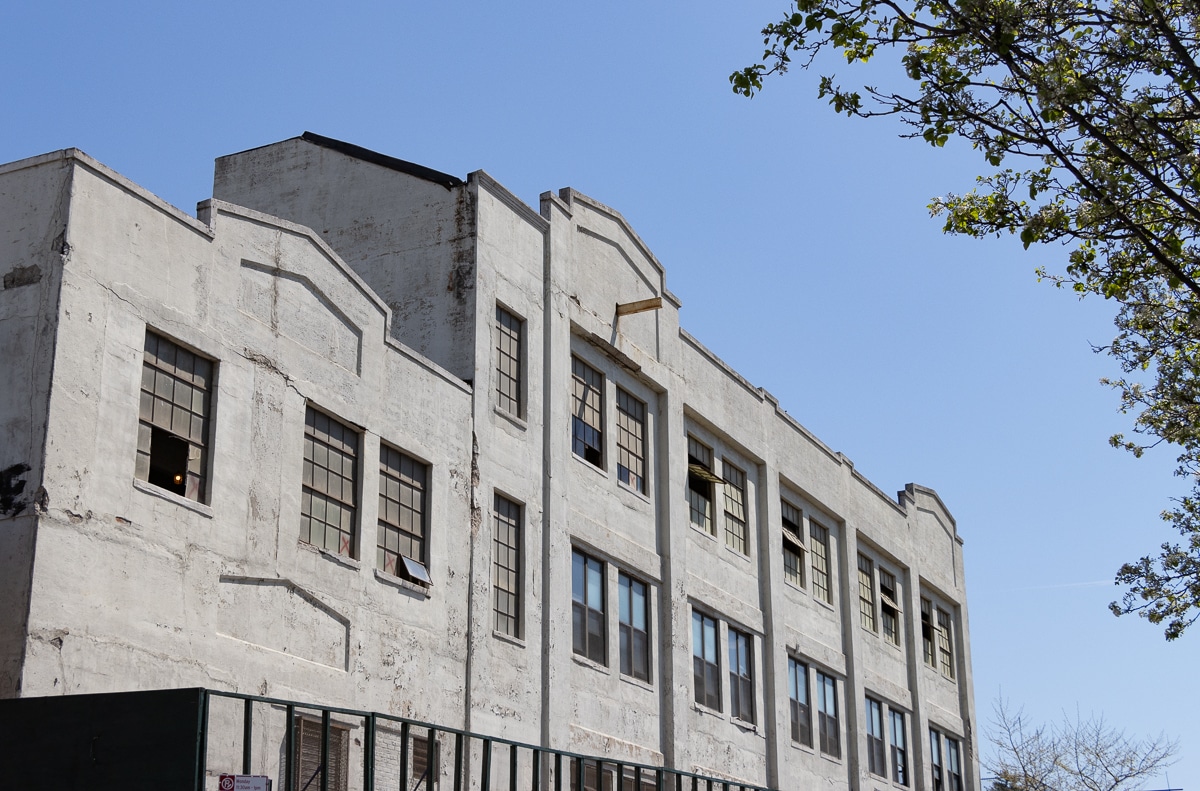
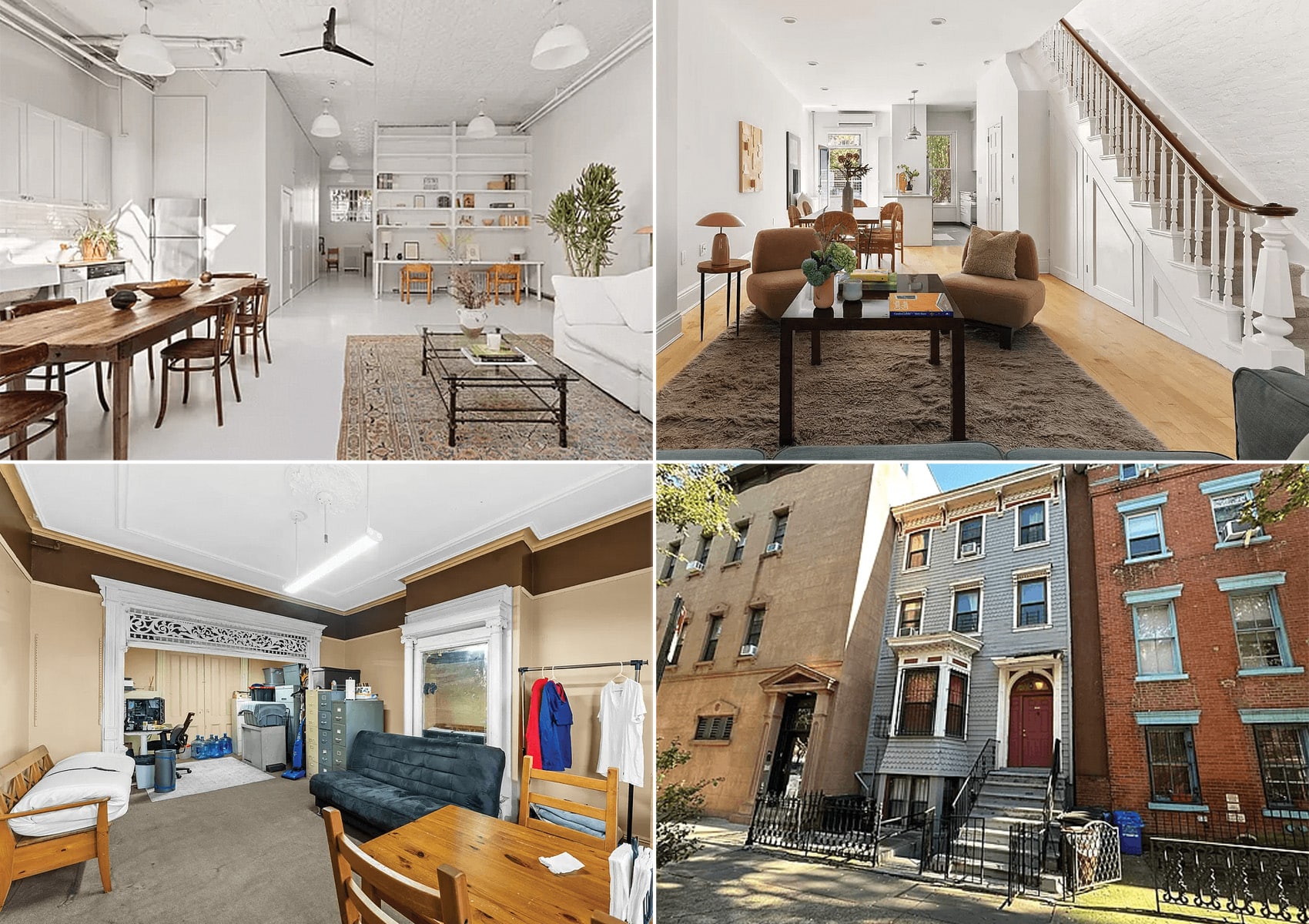
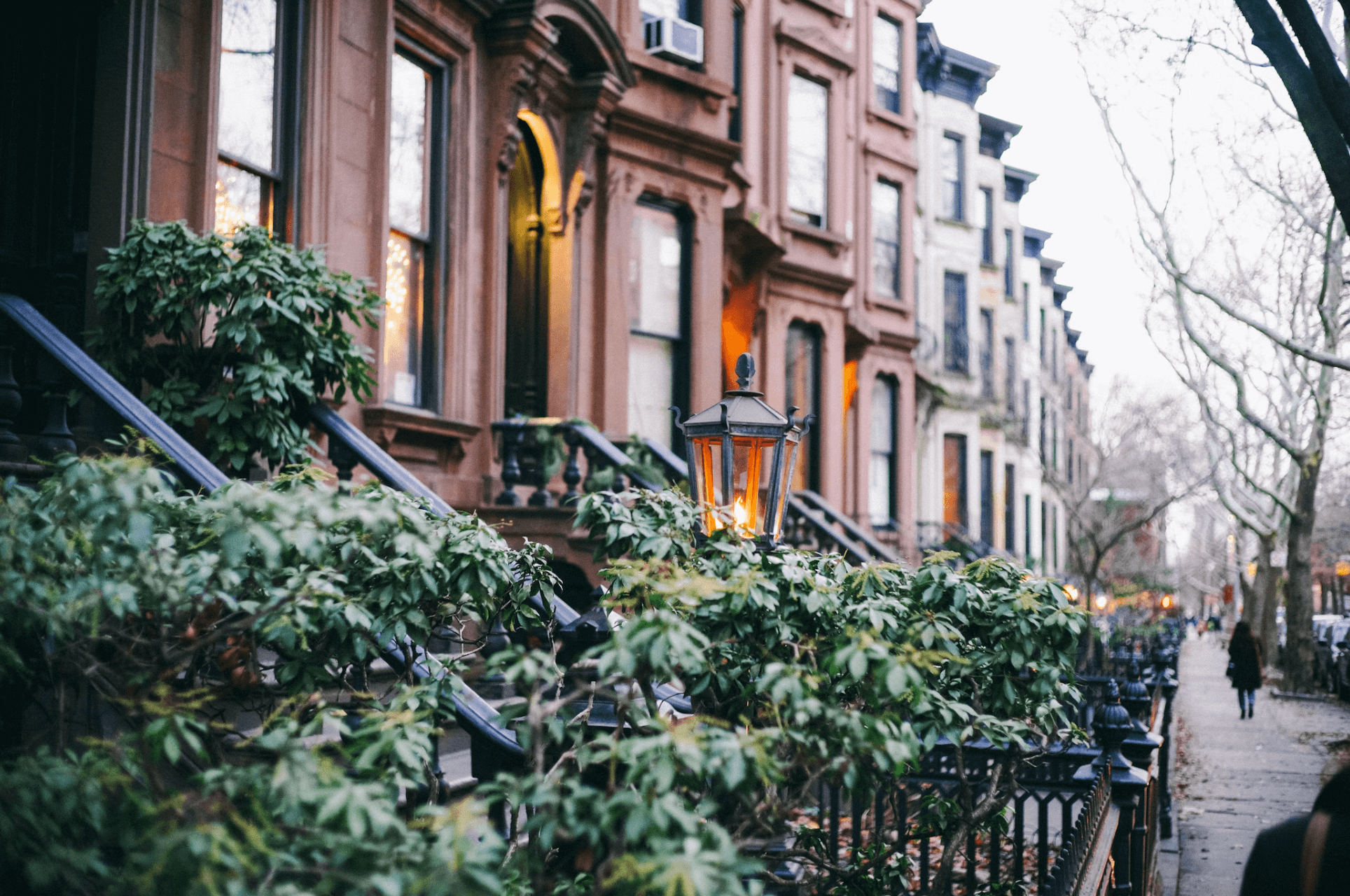
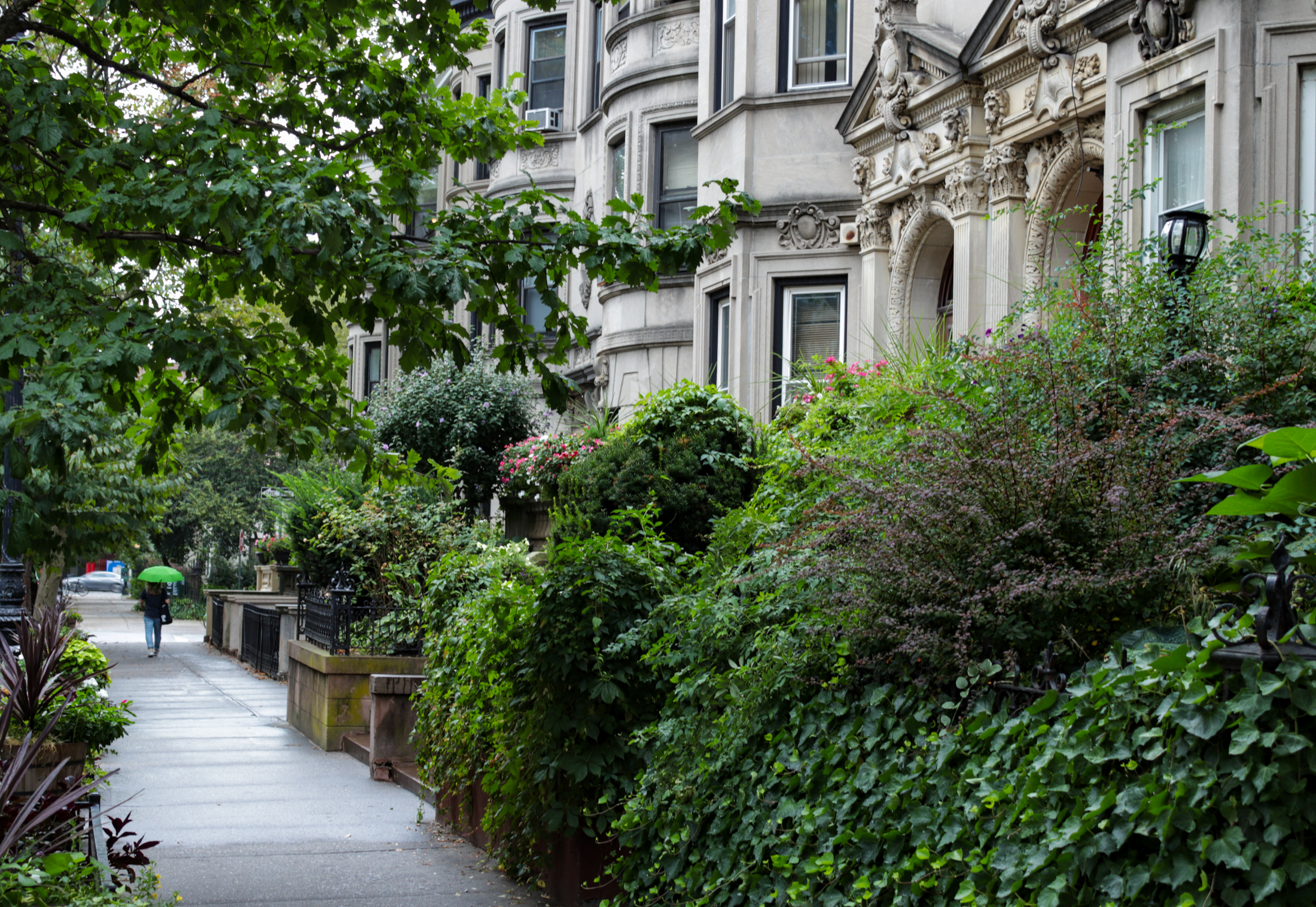



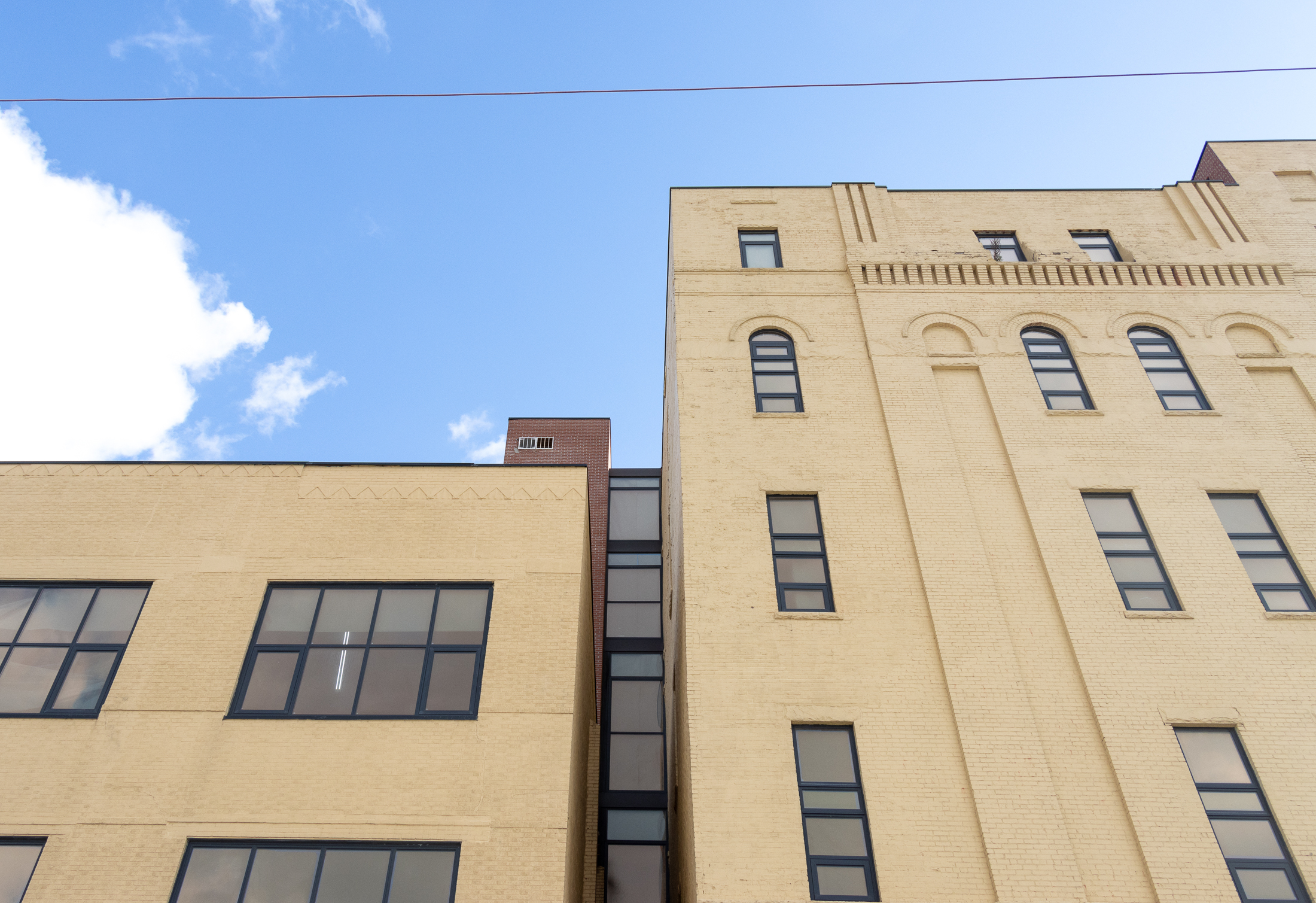
According to this PDF from an old real estate listing, the lot at 16-18 Halsey includes all the land in the middle of the block: http://www.masseyknakal.com/listingimages/setup/pdf/16-20_Halsey_Street_-_2012.pdf
The PDF also claims that the building on that site is a former school. Does anyone have any information about that building’s history?
this is great, looking forward to its demolition! This part of Fulton street needs as much new high density new construction as possible.
A nice building on this property would be a very welcomed news in the community.
I agree. While I can understand why some (particularly people who are relatively new to the neighborhood), I have nothing but fond memories of the Slave Theater. Having grown up in Bed Stuy in the 1990s, my father would take me to the Slave Theater for different events. Certainly times that I look back on fondly!
Don’t understand what you see as a problem in the Gowanis article. The developer bought a number of properties and vacated the tenants so he can develop the properties. What’s the problem with that? He is the new owner and he has the right to do whatever he pleases with his building. Don’t see an issue here.
I am actually very excited to see a developer with prior focus on Williamsburg, prospect Heights and Gowanis to switch his focus to Bed Stuy. Let’s hope he builds something nice here.
“injustice to Judge Phillips”….I thought the judge had already passed away. So who are you fighting for now?
I am sure you are only fighting for yourself; if the developer throws few dollars your way, all of a sudden you’d forget about the history and injustice you are fighting for. Brooklynsandy, I am sure you are part of all the corruption you are talking about. Do everyone in the community a favor and let this new developer make something useful out of this building.
Agree with you Suzanne. Building up while preserving the architecture of the current building would be great.
agreed. it would be a tragedy to see some glass-and-plastic new residential development thrown up. especially if it incorporates those “trendy” colored panels into the design like we’re seeing all over williamsburg and at atlantic terminal… ahem, pacific park.